ISO 22000 2018 CONTEXT OF THE ORGANIZATION
ISO 22000 2018 Context, In regards to the Context of The Organization in ISO 22000:2018, this is a new concept that urges an organization to conduct an analysis of its context and to identify interested parties to understand the scope of the food safety management system. All this is done to embrace a clear focus on the processes and requirements needed to fulfill the objectives of food safety.
The top management in an organization is responsible for familiarizing the context of the organization. This is because it is they who are equipped with the organization’s data in matters regarding business and any other activities related to it. The discussions entail both external and internal issues that affect the FSMS.
4.1 Understanding The Organization and ISO 22000 2018 Context
The ISO 22000 2018 section involves the assessment of all issues that can affect the operation of an organization. Issues refer to both internal and external ones. Examples of the latter include political, cultural, social factors as well as technology. Note that these issues need to be directed to solely affecting food safety objectives.
For food safety objectives to be established, an organization must revise these issues frequently. Reports should be given during management reviews. The nature of these issues can be negative or positive. Findings shouldn’t only lean on one side. This helps in determining context.
Please be informed that there are a variety of techniques that can be used to determine context. The most popular ones are the;
-
- Competitive Profile Matrix (CPM)
-
- Strengths, Weaknesses, Opportunities and Threats Analysis (SWOT)
-
- Political, Economic, Socio-Cultural and Technological Analysis (PEST)
Despite documenting data not being a mandatory aspect of context, it can come in quite handy during business audits and can be used during meetings when analyzing data.
Below are examples of internal and external issues that can impact a business:
Internal Issues
- The workflow of the organization, including roles and duties assigned to employees.
- The state of working conditions.
- Availability and utilization of resources.
- Rules, regulations, and policies governing the achievement of objectives.
- Client availability.
- The culture of food safety in the organization and the relationship between it and the employees.
- The linkage between an organization and a particular location, period or activity.
- The competence of the labor force.
- The retaining of exceptionally qualified employees.
External Issues
- The actual surroundings in which a business operates such as politics, social and cultural factors, laws and regulations, and natural surroundings.
- Entities responsible for a successful business cycle include suppliers, contractors, partners, and competitors.
- Laws both at state and international levels.
- The presence of external product or service providers.
- Tenancy issues in places of operations.
- Consumption trends and patterns.
- Industry trends.
- The influence played by an organization’s products or services on the safety of food.
For now, QSE Academy suggests reading other materials produced on our website. You could also check out our packages for instructions and tips.
Looking for More Resources on ISO 22000?
If you found this article helpful, explore our premium resources designed to help you achieve ISO 22000 certification efficiently:
- 📦 Complete Documentation Package for ISO/IEC 22000 2018: Get all the essential templates and documents you need for fast, easy implementation.
- 🎓 Online Course on ISO/IEC 22000 2018 : Enroll in our comprehensive training to master the key concepts and practical steps toward certification.
- 📋 ISO/IEC 22000 2018 Checklist: Download our detailed checklist to ensure you’ve covered every step of the process.
These resources are tailored to meet your needs and ensure a smooth certification journey. Explore them today and get one step closer to success!

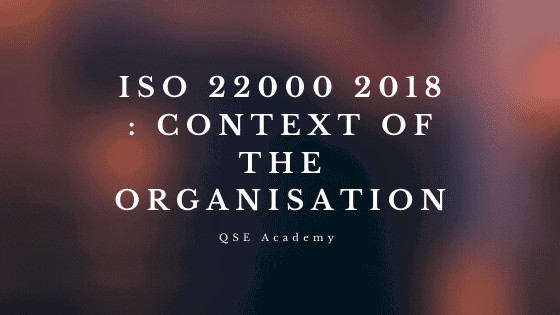


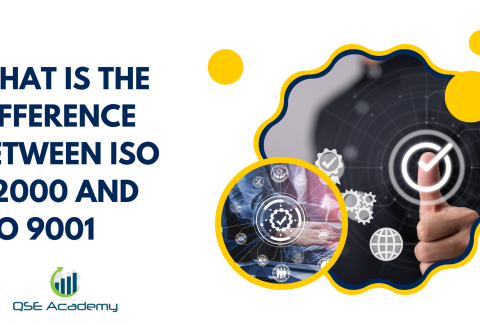










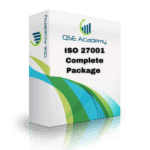
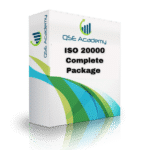
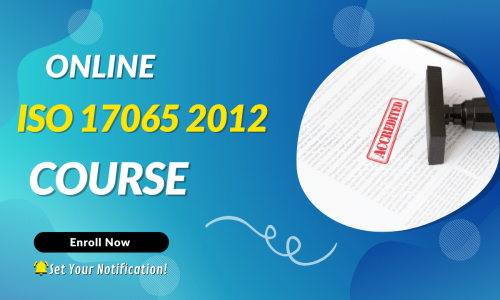


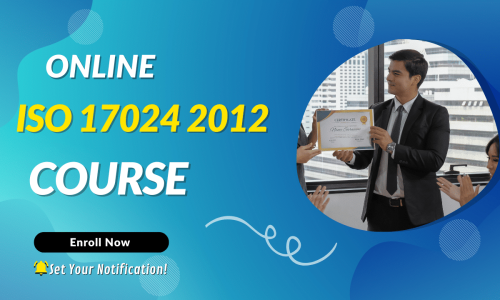


Comment (1)
neeraj
information on the performance and the effectiveness of the FSMS, including trends in
a. review of identified risks and opportunities and effectiveness of actions taken
b. performance of providers of services, processes or products
c. non-conformities and corrective actions
d. monitoring and measuring results
e. whether the objectives have been achieved
The adequacy of resources
Opportunities for continual improvement